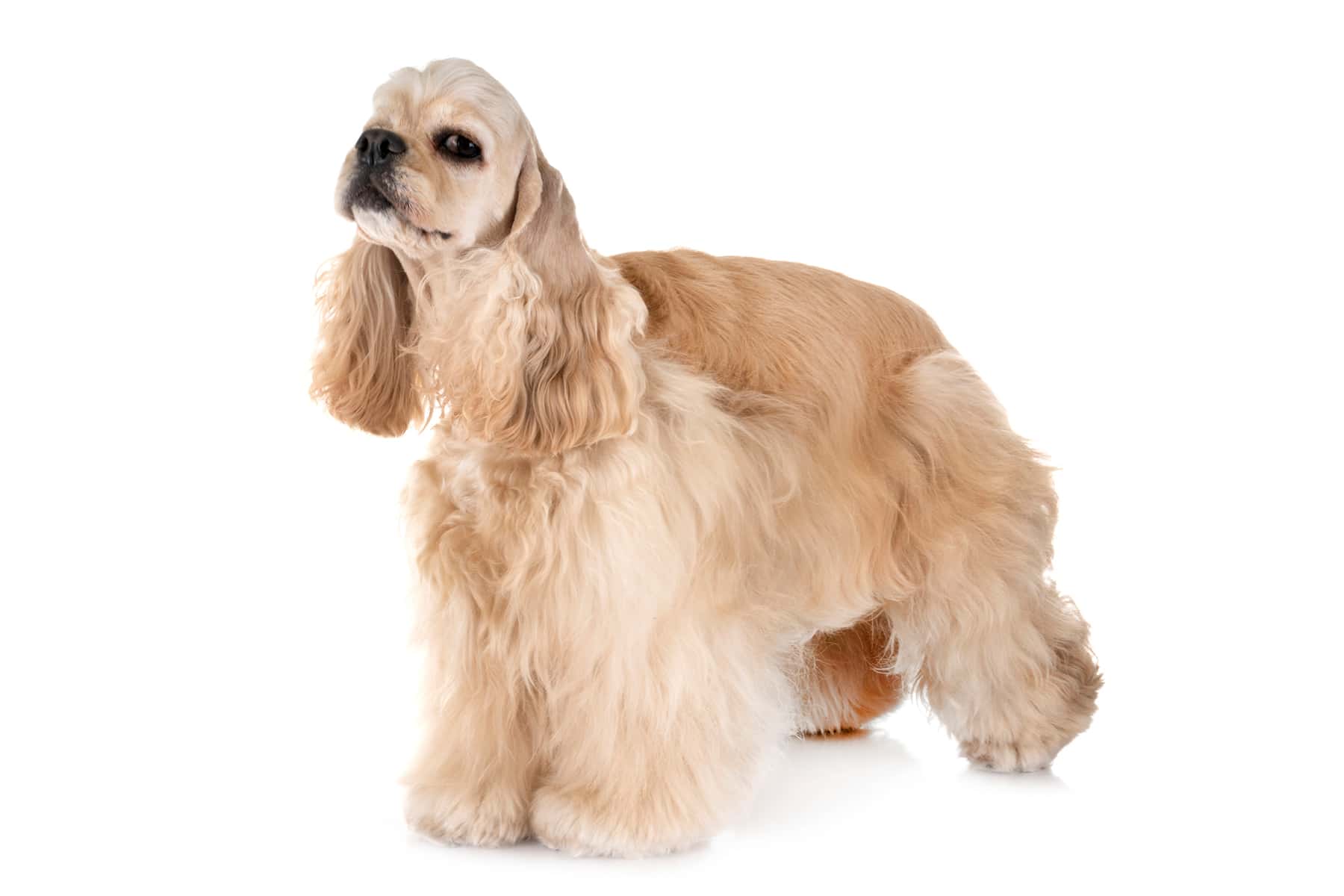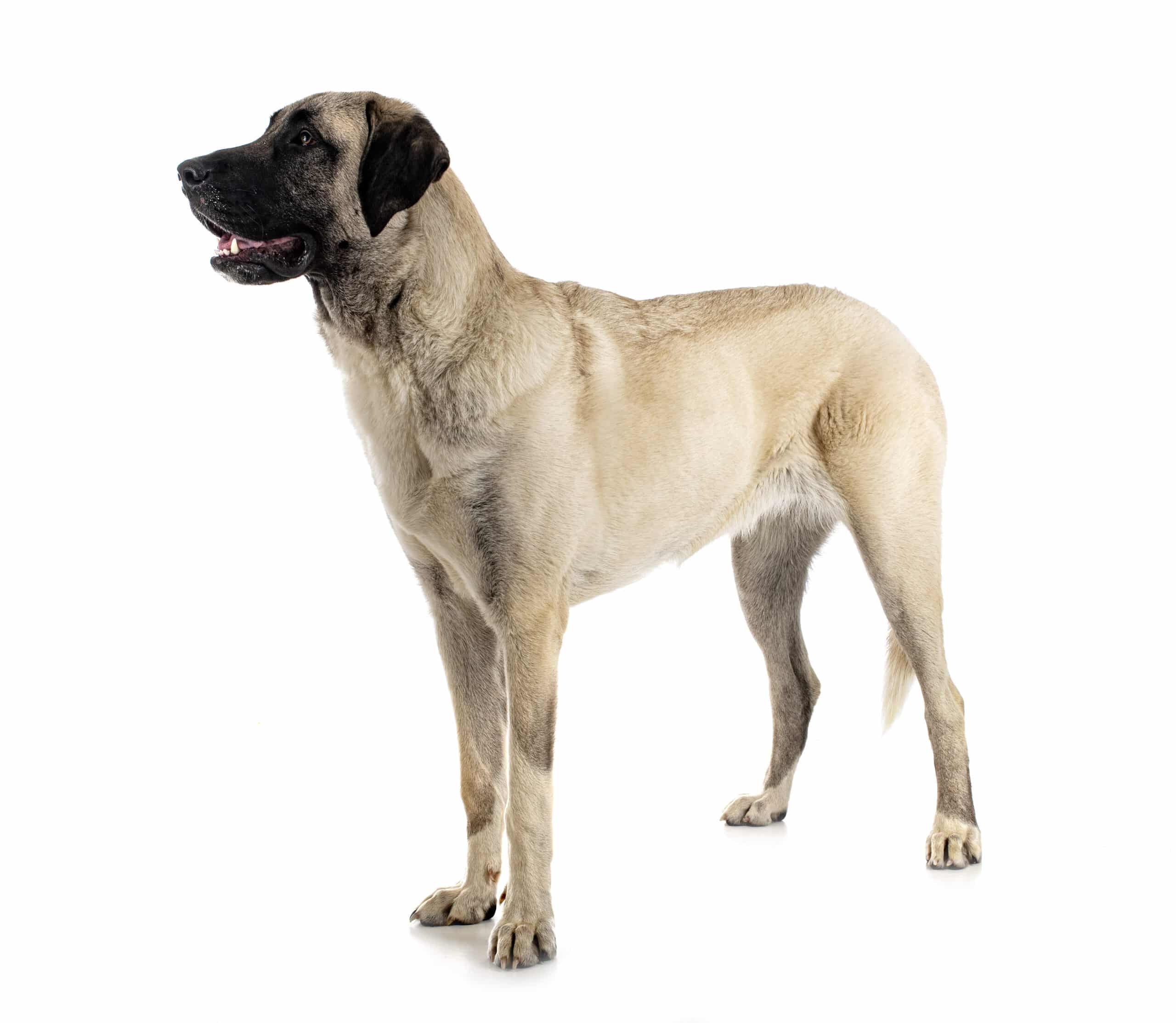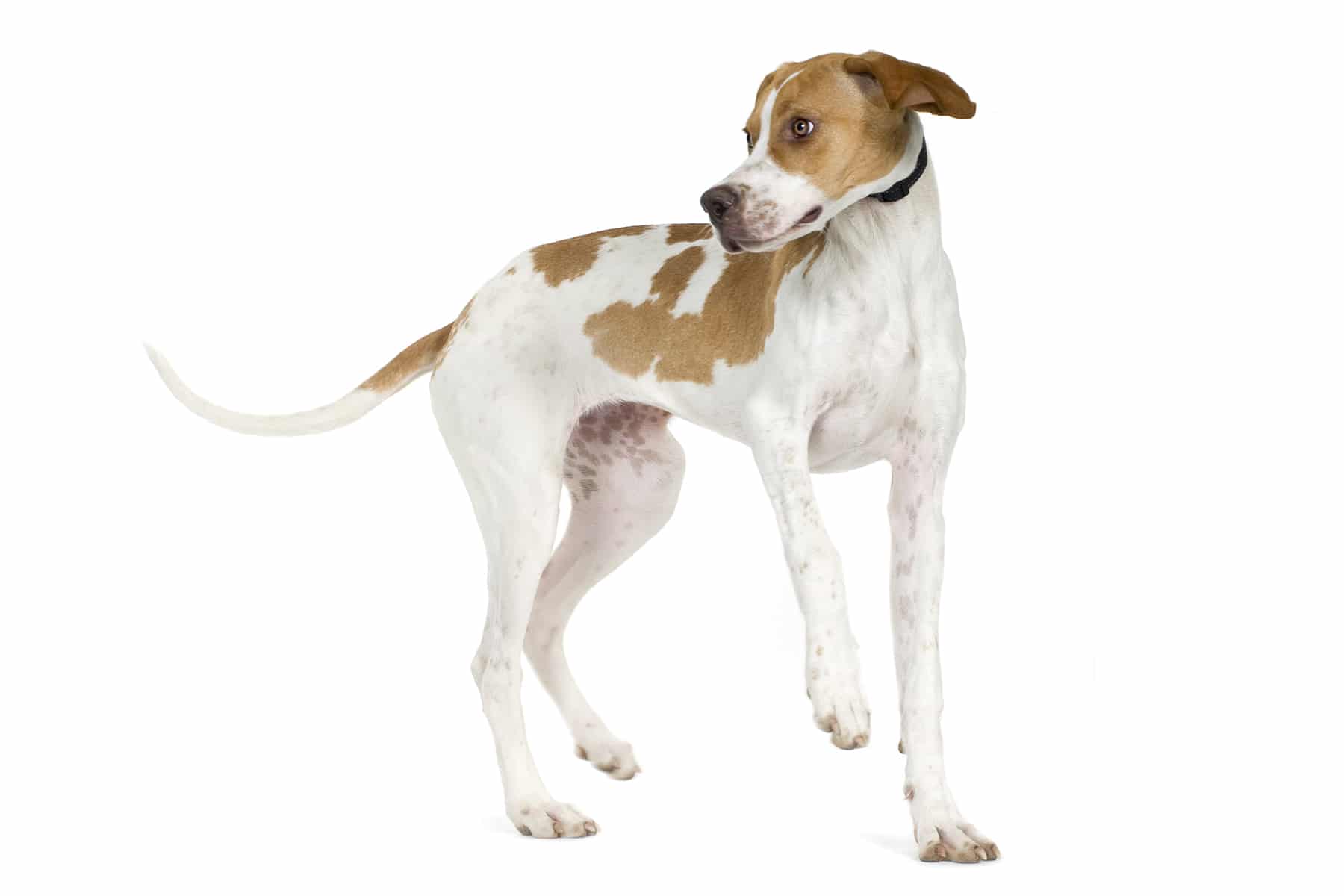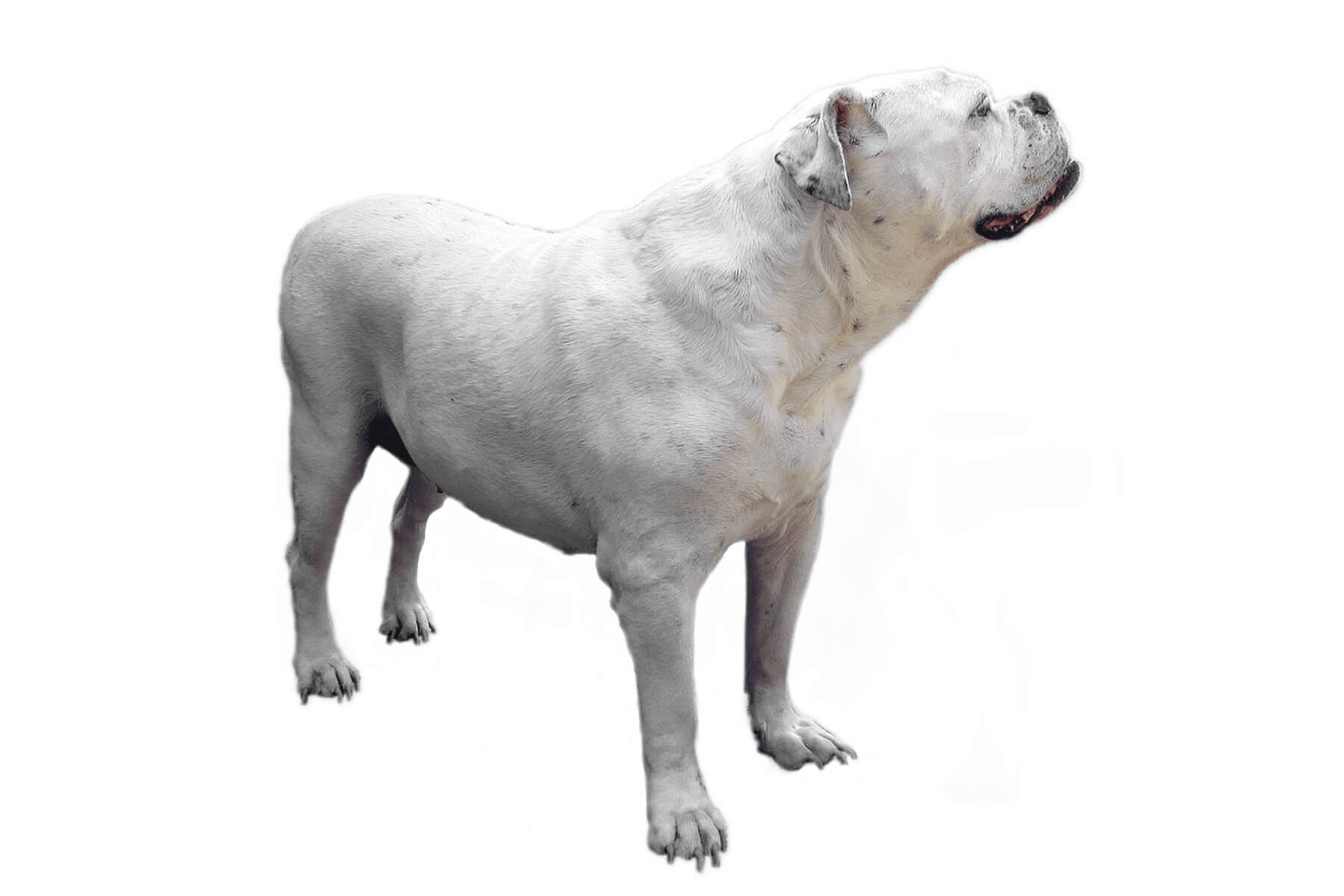Norwegian Lundehund
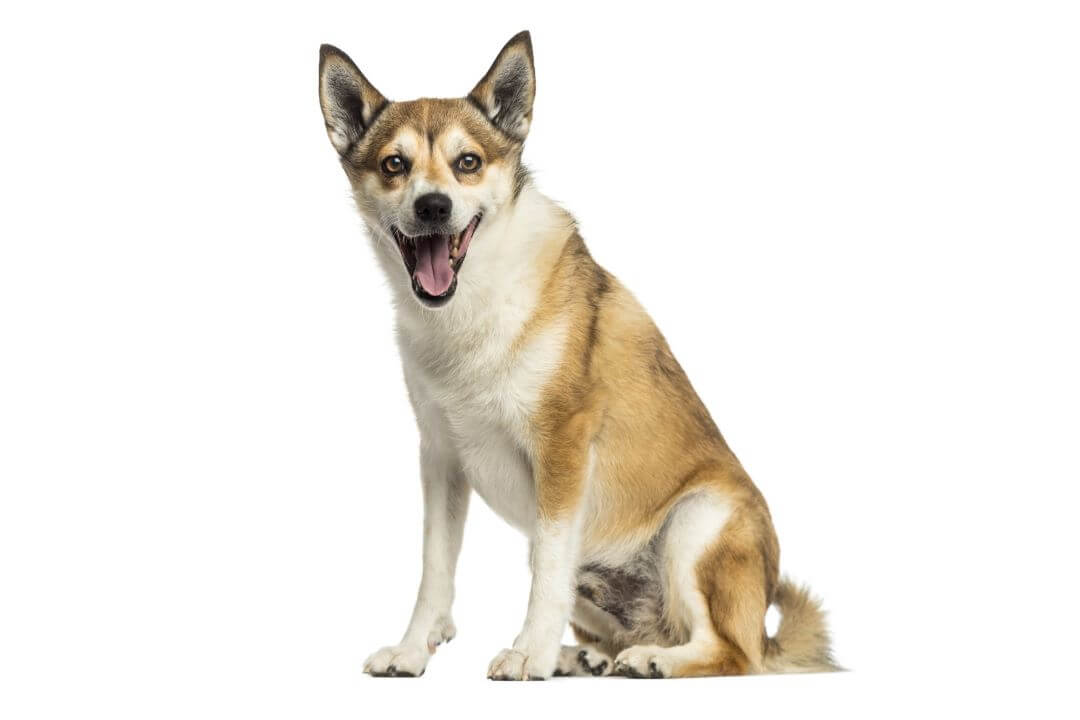
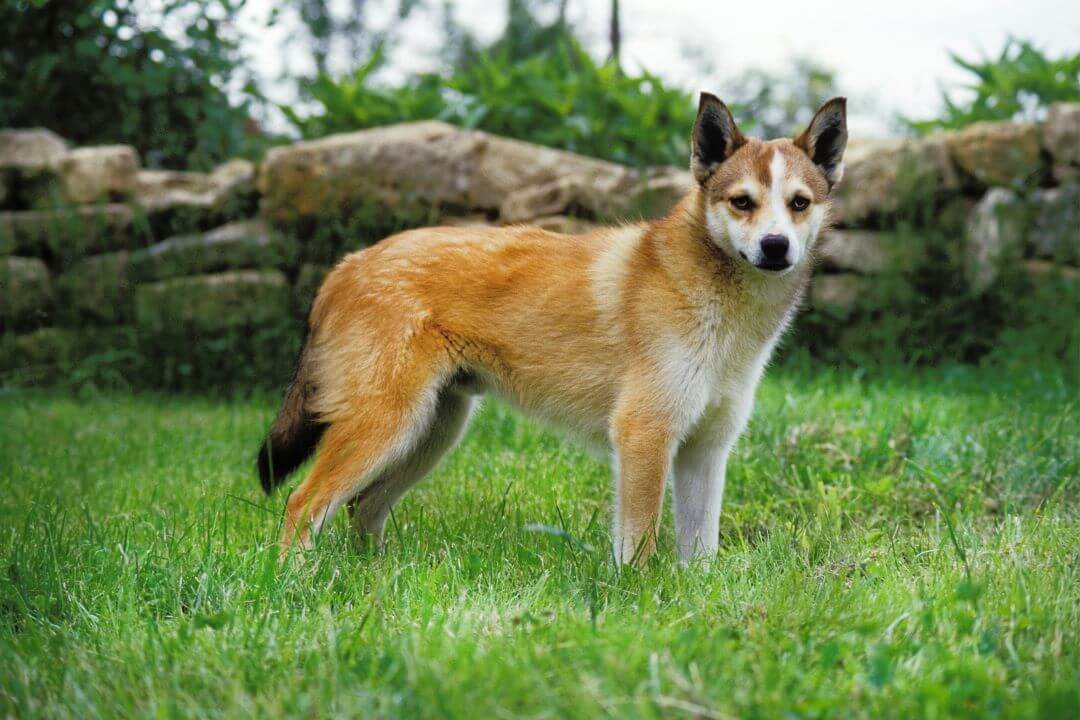
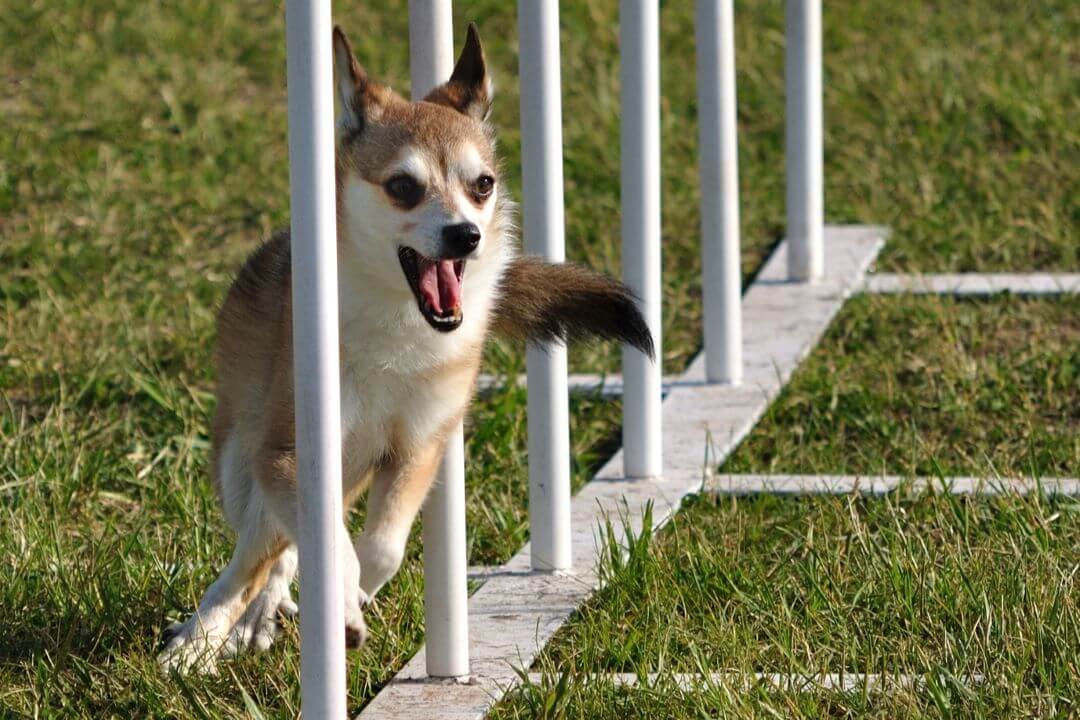
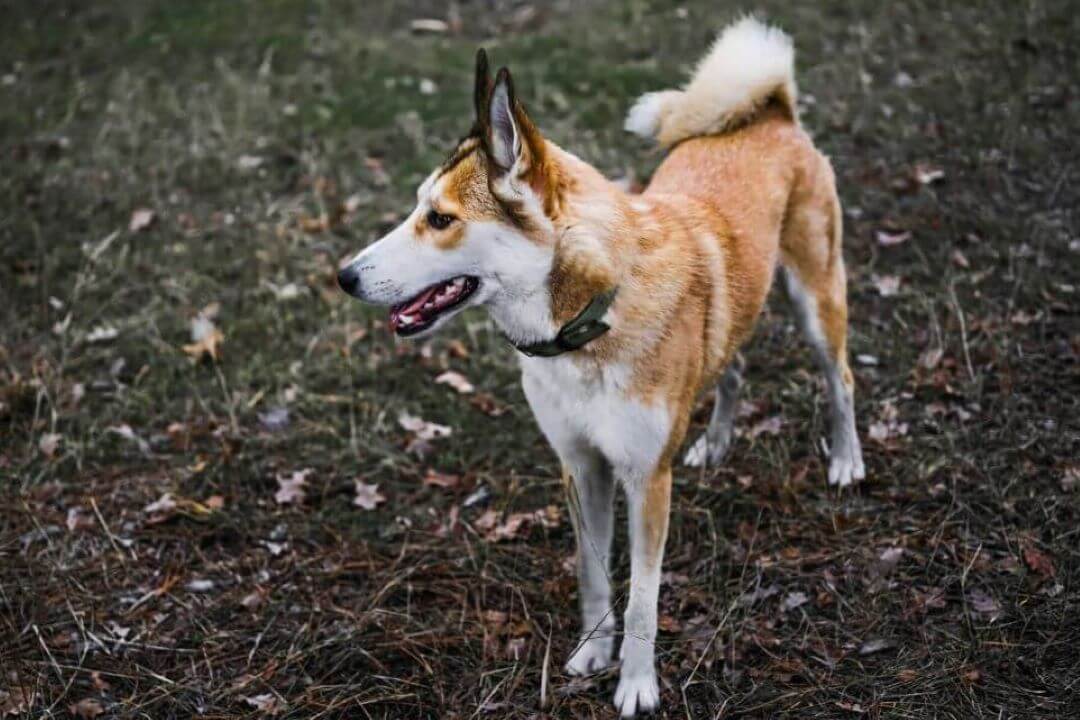
Temperament:
The rare Norwegian Lundehund is one of Norway's oldest dog breeds. Its physique is exceptional: this breed has at least six toes per paw! This makes it particularly good at climbing steep slopes. It needed this ability for its original task - hunting puffins.
Characteristics
The Norwegian Lundehund was originally bred as a hunting dog. It is therefore an energetic dog breed that needs a lot of exercise. As this four-legged friend was bred to hunt independently of humans, it is very independent. It will never want to be completely subordinate to its owner. Nevertheless, it is a friendly and playful dog.
In its homeland, it is often kept in rural areas as a guard and companion dog. It alerts people to danger by barking and therefore tends to bark. The four-legged friend is also suitable as a family dog as it gets on well with children. The Norwegian Lundehund is initially reserved towards strangers. However, it generally gets on well with other dogs of the same species.
Among connoisseurs of the breed, the Norwegian Lundehund is considered shy. A close bond with its human is not only beneficial for training, but absolutely essential. This is the only way to train them well instead of letting them decide for themselves what to do and when.
The Norwegian Lundehund has a unique anatomy that enabled it to perform its former tasks as a hunting dog. This includes its special paws with at least 6 fully developed claws and 8 pads per paw. It can also turn its legs 90° to the side. This enables the dogs to reach the puffins' hard-to-reach nesting holes.
Some Norwegian Lundehunds also lack molars, which makes it easier for them to transport their prey. This special four-legged friend can close its ears to prevent water from entering the ears when diving. This underlines its great affinity for water.
The breed is a small dog with a shoulder height of 32 to 35 cm for females and 35 to 38 cm for males. Bitches weigh about 6 kg, males about 7 kg. The Norwegian Lundehund is available in the coat colors white, reddish-brown to pale brown with black hair tips, black or grey with white markings and white with dark markings. Young dogs have fewer black hair tips than adult dogs. The outer coat is short, coarse and dense with a soft, dense undercoat.
Coat care:
Shedding:
Energy level:
Trainability:
Children suitable:
The right food
When choosing food, make sure that it contains high-quality ingredients, is balanced and meets your dog's requirements. Age, size or weight, activity and health status play an important role. You should follow the manufacturer's recommendations for the amount of food.
Treats should only be fed in moderation and deducted from the basic diet to avoid obesity.
Puppies can be fed 4-6 times a day. The number of meals should be gradually reduced to 2 per day until the dog is fully grown. A rest period should be observed after meals.
Fresh drinking water should be available at all times.
Health & Care
Grooming the Norwegian Lundehund is relatively simple. Occasional brushing to remove dead hair is sufficient. The eyes must be cleaned daily, as the dog is prone to watery eyes due to its narrow tear ducts. The claws should also be checked regularly and trimmed if necessary.
The so-called Lundehund syndrome can occur in this breed. Unfortunately, this has crept in due to the small gene pool when the breed was rescued. It is an inflammatory and chronic intestinal disease. It leads to the loss of important proteins. About half of all dogs of the breed are affected. Lundehund syndrome can be detected by a genetic test.
The disease cannot be cured. It is only possible to alleviate the symptoms. Unfortunately, the syndrome can even be fatal. Each affected dog shows an individual course of the disease. Some react strongly to the disease, in others it is only mild. Lundehund syndrome can occur at different times in the dog's life.
Suitable accessories
The necessary accessories for the Norwegian Lundehund correspond to the basic equipment of an average dog.
This includes a collar, harness, lead, bowls, brush or comb, mild dog shampoo, dog toothbrush and cream, a basket or mat to sleep on and a first aid kit. It is best to ask your vet what belongs in the first aid kit. Every dog owner should also have claw clippers and tick tweezers at home.
As this breed has a lot of energy, it is well suited to various dog sports. Tunnels and obstacles to jump over are possible accessories. Membership of a dog sports club is also recommended.
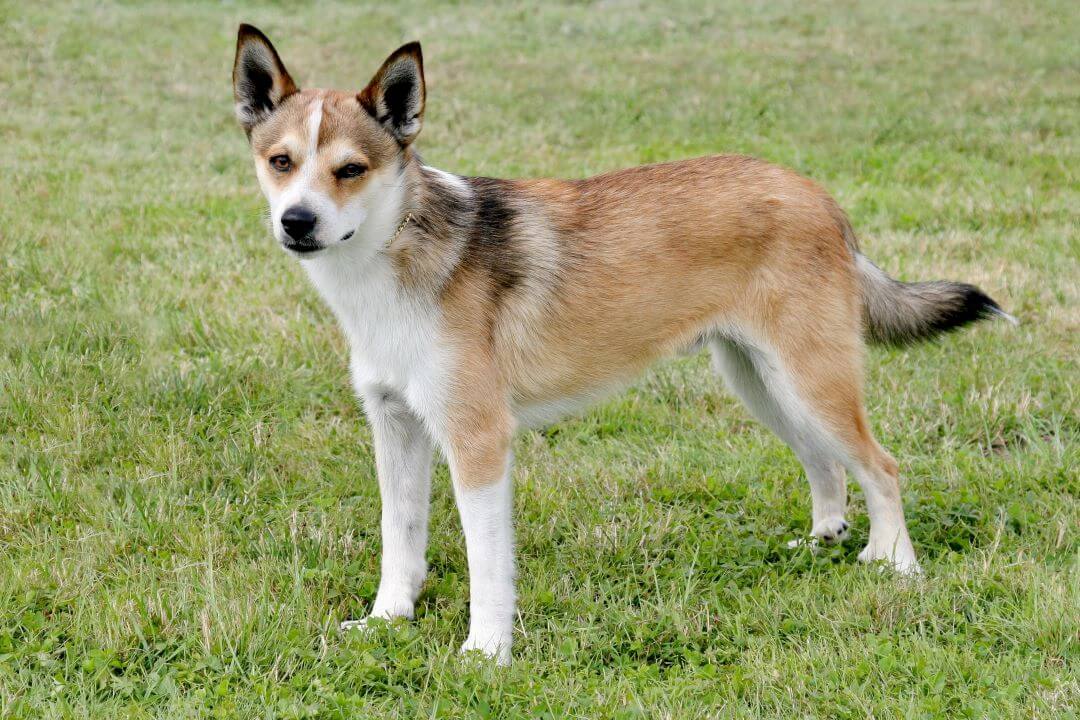
Origin & History
The Norwegian Lundehund is one of the oldest dog breeds in Norway. The exact date of origin of the breed is not known. However, there are records of a very similar dog breed that are over 400 years old. The Norwegian Lundehund, with its special anatomy, was bred to hunt puffins.
In the past, almost every Norwegian family on the country's north coast owned a dog of this breed. The Norwegian Lundehund's unique hunting technique was crucial for people's survival in winter. The meat of puffins was an important source of food for people in those days.
It was only through improved hunting techniques and the migration of the population from the northern coasts that the Norwegian Lundehund became rarer. In addition, the puffin was placed under protection, which meant that the breed lost its original purpose. During the interwar period and after the Second World War, distemper almost drove the breed to extinction. Only on the island of Værøy did a few specimens survive.
Fortunately, the breed was preserved through targeted breeding. A new population of around 1000 to 1200 dogs was created from just 5 dogs. Due to the very small gene pool, however, the Lundehund syndrome was able to spread widely. In 1965, the Norwegian Lundehund was officially recognized by the FCI.
